Cocoa has contributed so much to the Ghanaian economy over the past 100 years. But from the soil under our feet, it has also taken much away. When we consider the fact that, as the most venerable of the major cocoa-producing countries, we are now onto our fourth cycle or generation of cocoa tree crops, we should come to consider the consequences of this longevity on the soil. With every passing season, with every harvest that fills our sacks, our precious soils quietly tell a story of exhaustion.
In the first half of the 20th century and peaking in the 1960s, Ghana was the world’s largest producer of cocoa. But Ivory Coast began to exceed our production, and now, as our production levels slip, we are slipping into third place as Indonesian cocoa exports surge.
These ‘newer’ cocoa origins have soils that have been under cocoa for much less time than Ghana. Whilst this means they lack lots of the experience that we have accumulated over years, it also means their soils are less depleted and have fewer challenges that have been woven in over the course of a century. We need to ensure that our age and experience become a strength by correcting the challenges that being the leading cocoa origin that is fourth generation presents.
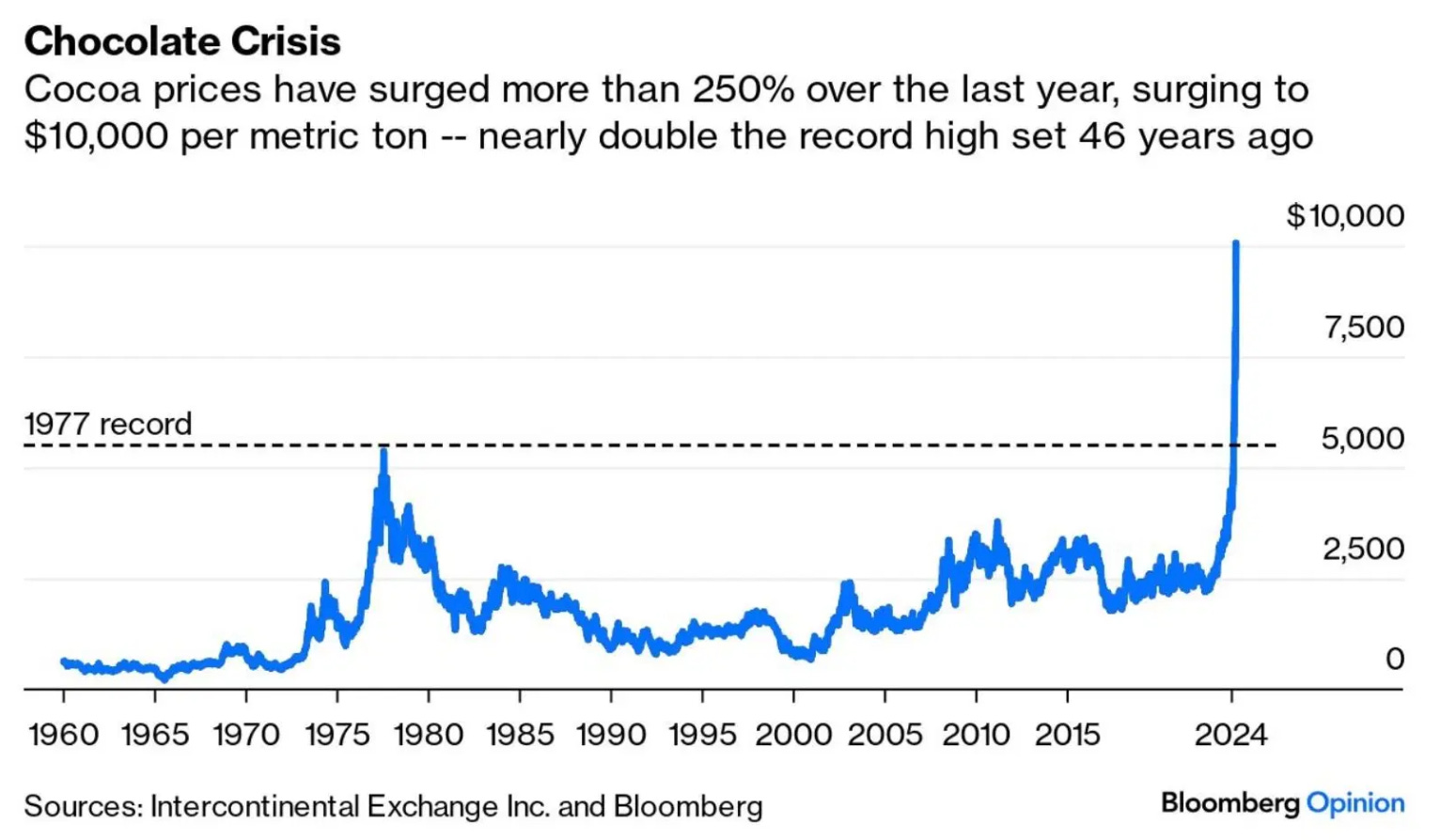
Cocoa prices in the world market are surging, but our yields are going down. Smuggling increases, and galamsey mining fells millions of cocoa trees per year. leaving environmental destruction and degradation in its punishing wake. We risk the wealth derived from cocoa being part of our economic history, rather than a light in our economic future.
Our cocoa history has much to teach us. Ivory Coast, formerly a smaller player than us but now the giant in the market, is still only on its third generation, as they arrived to the sector later than us. This fact is by no means a problem, provided the consequences are understood and properly mitigated. If we do not recognise this issue and respond to it, nothing will change, and we risk slipping down the rankings of the global players. But if we take action against declining yields and soil exhaustion, we can regain our top position in terms of crop size, bean quality, and wealth creation.
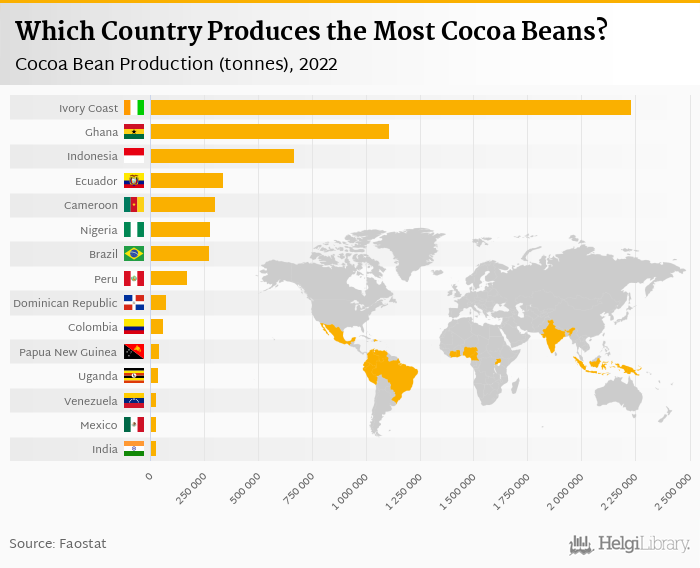
The Silent Crisis Beneath Our Feet
Imagine farming the same land for over a century. Over successive generations, nutrients are continuously extracted by the growing trees and pods, yet rarely fully replenished. Indeed, the continued application of certain fertilisers and chemical products, without attention to soil health, will have damaging effects over the long term. As soil acidity increases as a result of continual cropping, the efficacy of fertilisers decreases. This means that simply applying fertilisers may well be wasted because the soil is too acidic to let those fertilisers feed the crop. Farmers waste money but do not close the yield gap.
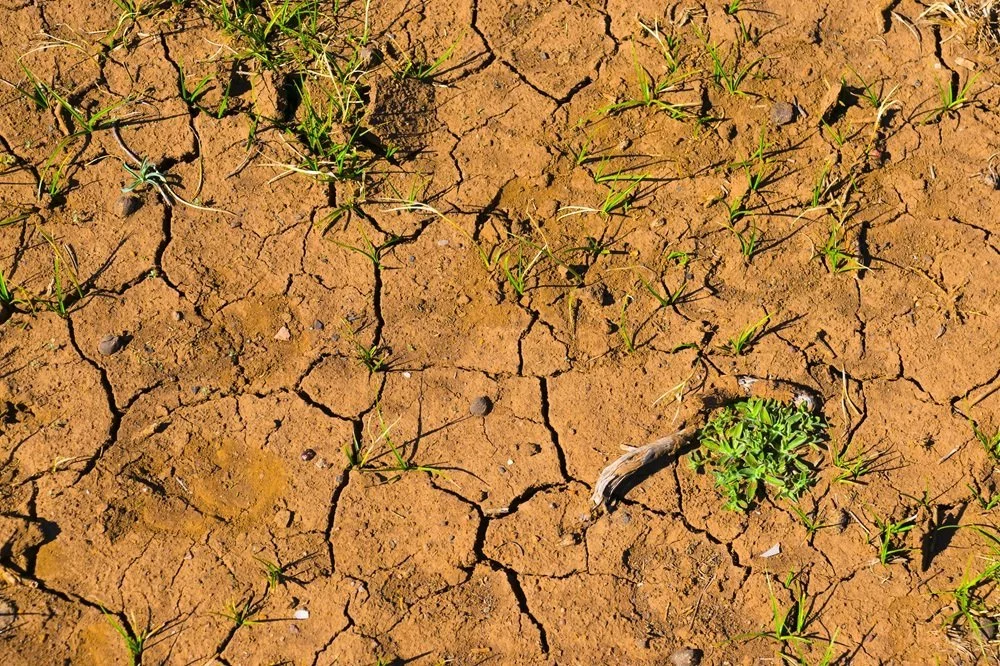
Our pioneering great-grandparents cultivated cocoa, followed by our grandparents, then our parents, and now us. Each generation has drawn from the same limited reserve, and the signs are clear:
- Declining Yields: Farmers are working harder for less. Pods are smaller, fewer, and the trees just don't have the vigour and the yield they once did.
- Wasted Efforts: Even when fertilisers are applied, their impact isn't what it should be. The soil, starved and unbalanced, can't properly 'feed' the trees, leading to wasted investment for farmers.
- Vulnerable Trees: Weakened by poor nutrition, cocoa trees become more susceptible to diseases and pests, adding another layer of challenge and creating crop losses at scale.
This continuous cultivation, without adequate soil rejuvenation practices, has led to a widespread depletion of vital nutrients. Our once fertile soils are increasingly acidic, compact, and low in the organic matter essential for healthy growth. Consider, too, that cocoa is rarely the only plant grown and that other heavier-feeding crops may be eating into the nutrient requirements of the cocoa trees.
The Unseen Danger: Copper and Heavy Metals Accumulation
Beyond the general exhaustion, there's another hidden problem. To combat diseases like Black Pod, our dedicated farmers often rely on copper-based fungicides. While these are necessary tools, their prolonged and sometimes excessive use, combined with the degraded state of our soils, has an unintended consequence: copper can accumulate in the soil.
When soil health is compromised – especially with low pH – cocoa trees, in their struggle for nutrients, can inadvertently take up this accumulated copper from the soil. Soil acidity means beneficial nutrients in the soil are not available to the plant. But heavy metals, including copper, cadmium, and other dangerous elements, are available. This means that, over time, a portion of this copper can make its way into the very cocoa beans themselves.
This is a concern for both the quality of our globally renowned cocoa and, potentially, for the wider food chain. We must ensure our practices are sustainable not just for the soil, but for the product we export.
It's Time to Rejuvenate Our Soils
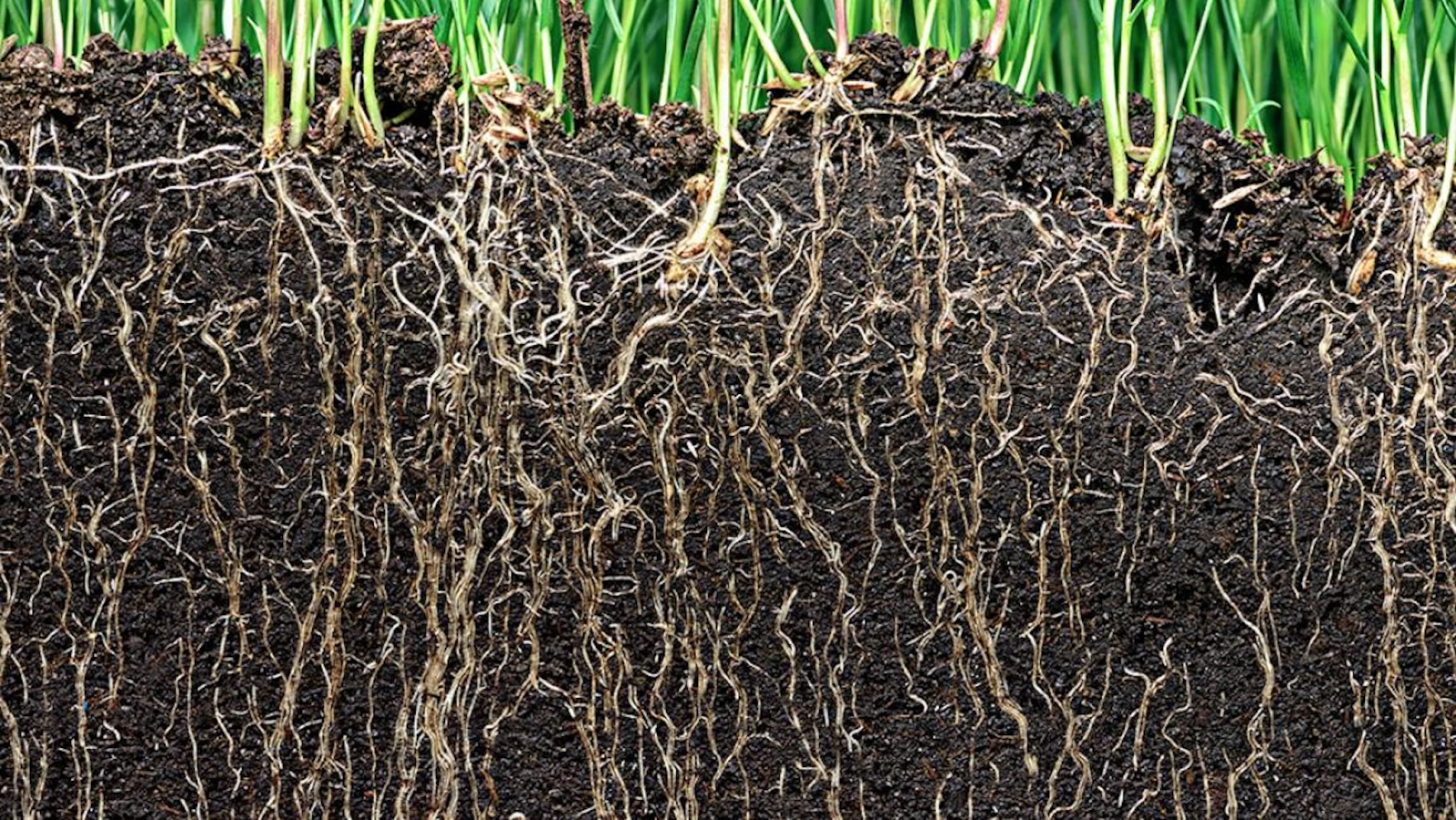
This silent crisis is not irreversible. By understanding the root of the problem and adopting smart, sustainable practices, we can breathe new life into our cocoa farms and secure the future of Ghana's crop. We can increase yields and increase crop quality and, above all, increase the returns to the farmer.
Here are three key ways to rejuvenate our soils and grow a healthier future:
- Embrace Liming (e.g., with Calciprill):
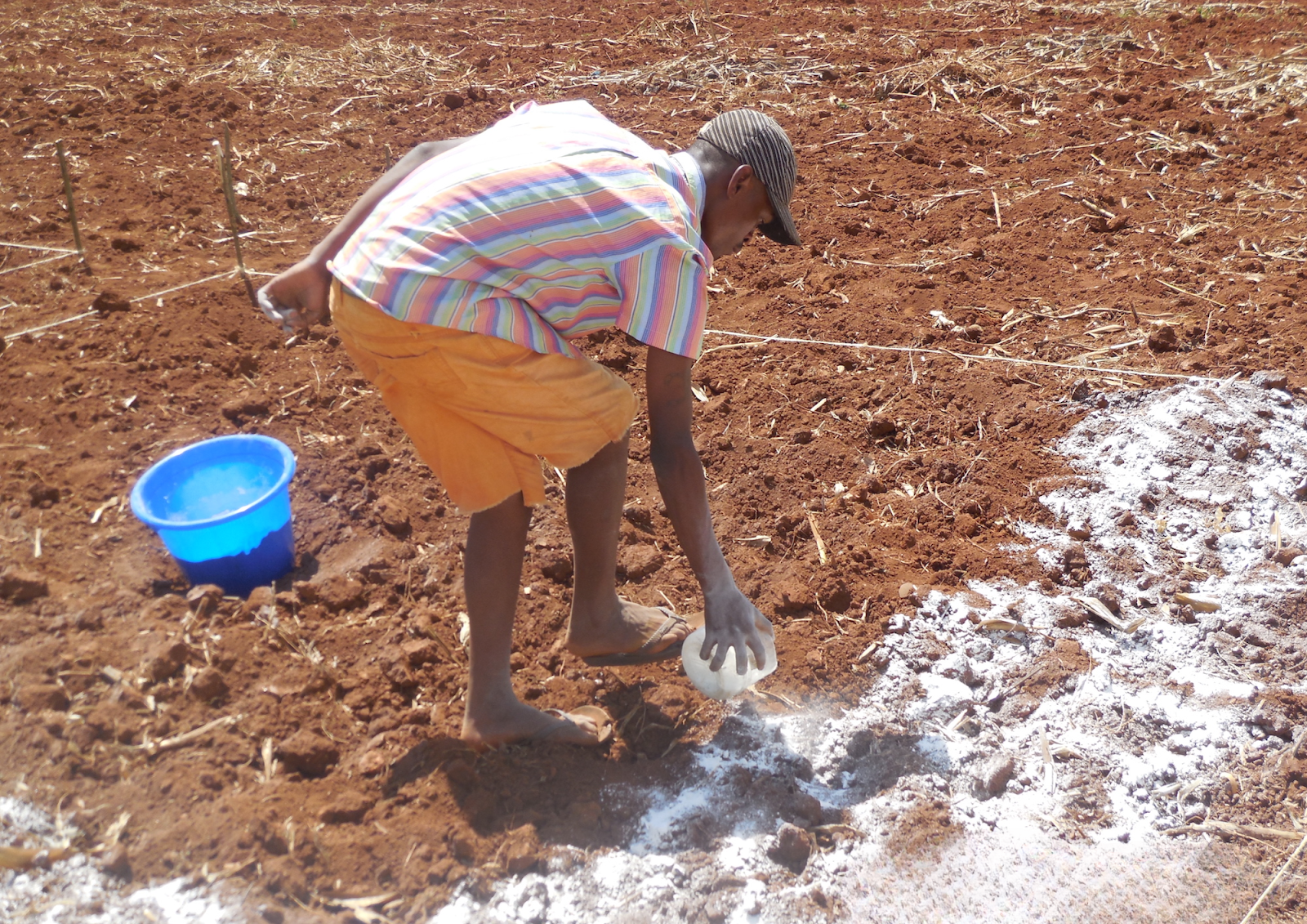
- The Problem: Many Ghanaian cocoa soils are now highly acidic. This locks up essential nutrients (like phosphorus) and can even make the plant absorb some elements that are toxic.
- The Solution: Liming, using products like Calciprill, is like giving the soil its necessary "medicine". It balances the soil's pH, unlocking nutrients so cocoa trees can finally access them properly. This also helps reduce the uptake of potentially harmful elements like copper by making them less available to the plant. Liming ensures every cedi spent on fertiliser actually works and increases the plants resistance to a host of diseases, infections and viruses.
- Harness the Power of Organic Matter (Composting Cocoa Pod Husks & Other Farm Waste):
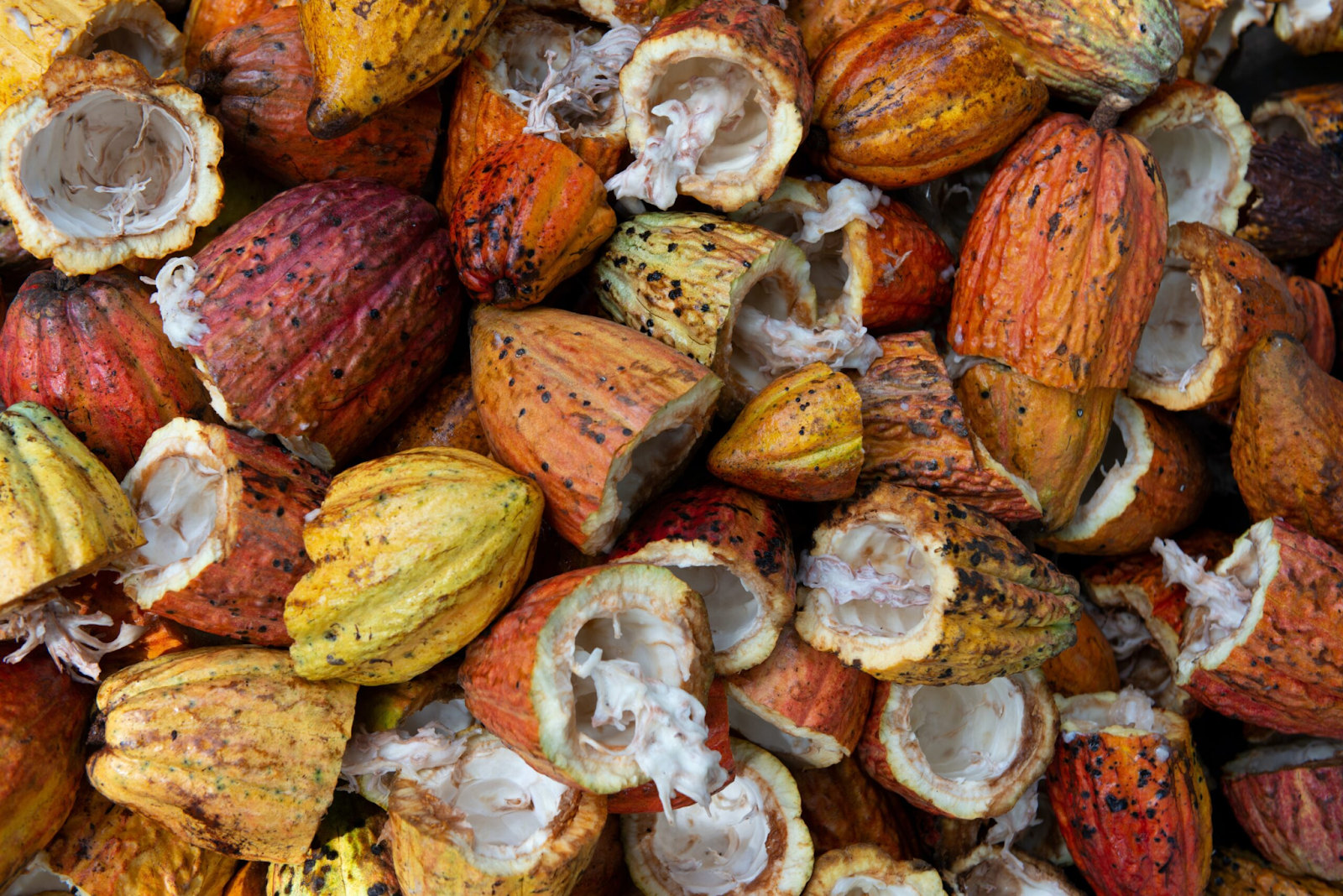
- The Problem: Years of continuous cropping have stripped our soils of vital organic matter, which is the "lifeblood" of healthy soil. This leads to poor water retention, nutrient depletion, and compacted soil.
- The Solution: Instead of burning or discarding cocoa pod husks, prunings, and other farm waste, we must turn them into nutrient-rich compost. Returning this compost to the soil replenishes organic matter, improves soil structure, boosts microbial life, and naturally provides a slow-release source of nutrients. This also helps bind excess copper in the soil, making it less available for plant uptake.
- Note: It is very important to ensure all traces of black pod infection are burnt and removed from the farm
- Increase Fertiliser usage:
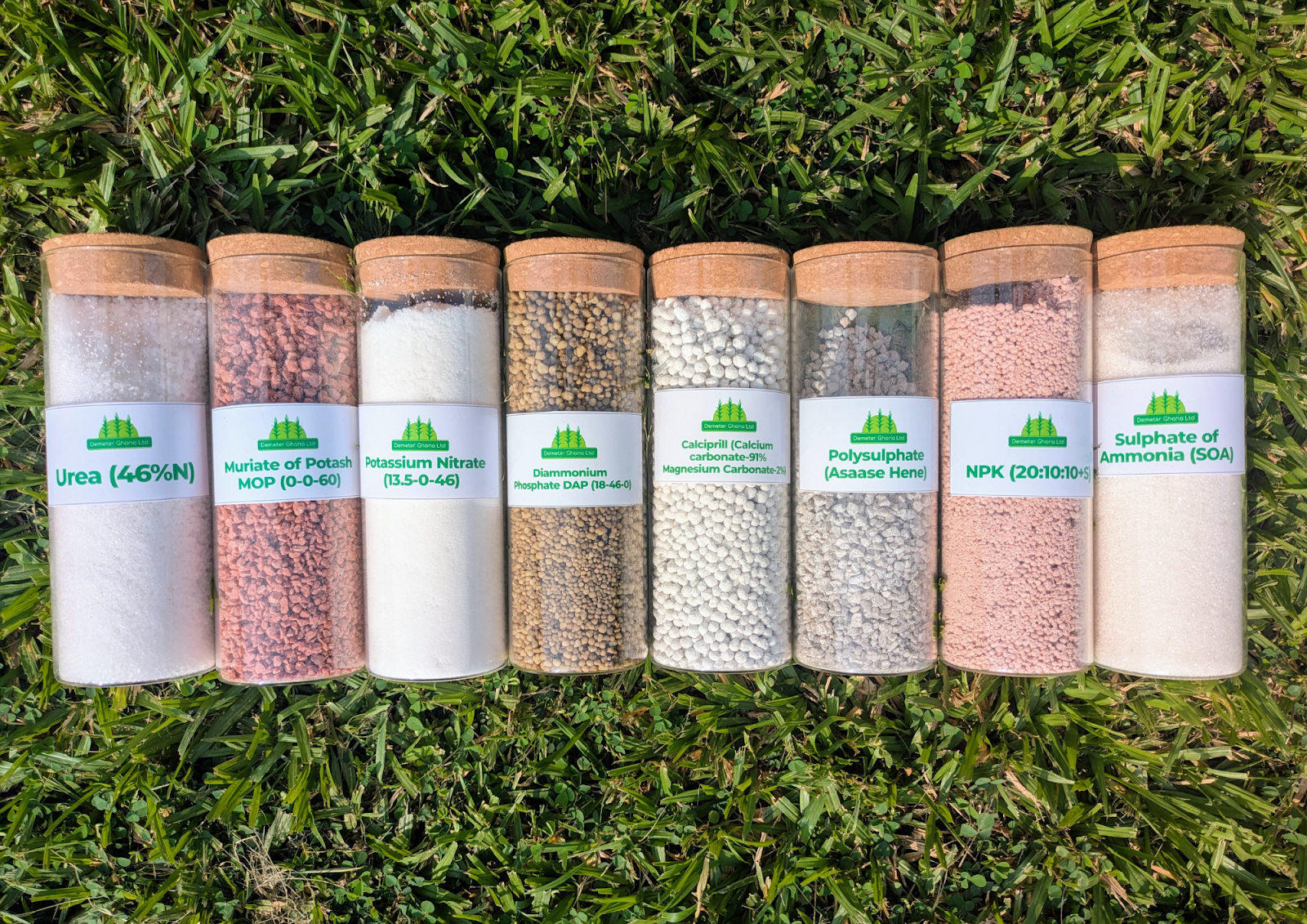
Fig. 7. Fertiliser supplied by Demeter Ghana Limited.
- The Problem: Depleted soils.
- The Solution: Once soils are treated for acidity, increase fertiliser application to ensure that the vital nutrients are available to the plant. We are increasingly coming to understand the importance of micronutrients as well as the macronutrients of N, P, and K. Use Asaase Hene from Demeter Ghana to ensure a balanced blend of macro- and micronutrients, and ensure that you apply in sufficient quantities at the right time of the year. The controlled release of Demeter Ghana Ltd cocoa products also helps to boost nutrient availability at the right time.
By taking these steps, we can ensure that the fifth, sixth, and future generations of Ghanaian cocoa farmers inherit a legacy not just of a prized crop but of vibrant, healthy, and sustainable land. It's time to invest in the foundation of our wealth – our soil.
NB: this is not to say that the essential work, in cocoa plantations, of pruning, pollination, pest and disease scouting, management and control, and proper harvesting and drying are not essential. But we are simply trying to focus, in this post, on the extent to which soil exhaustion and depletion are causing issues up and down the cocoa sector and to encourage farmers to focus on Calciprill application to ensure soil sustainability and health long into the future.

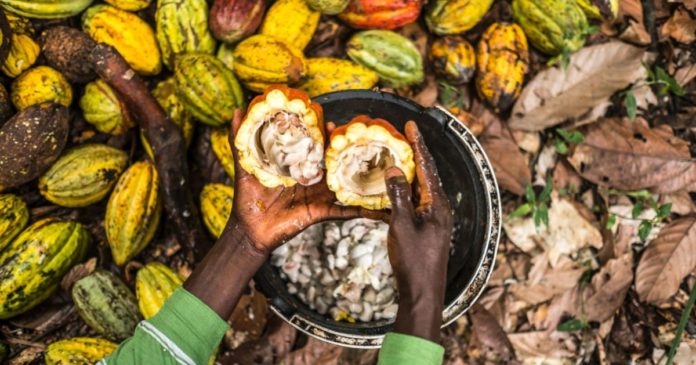
.png)
)%20(2).png)
.jpg)
